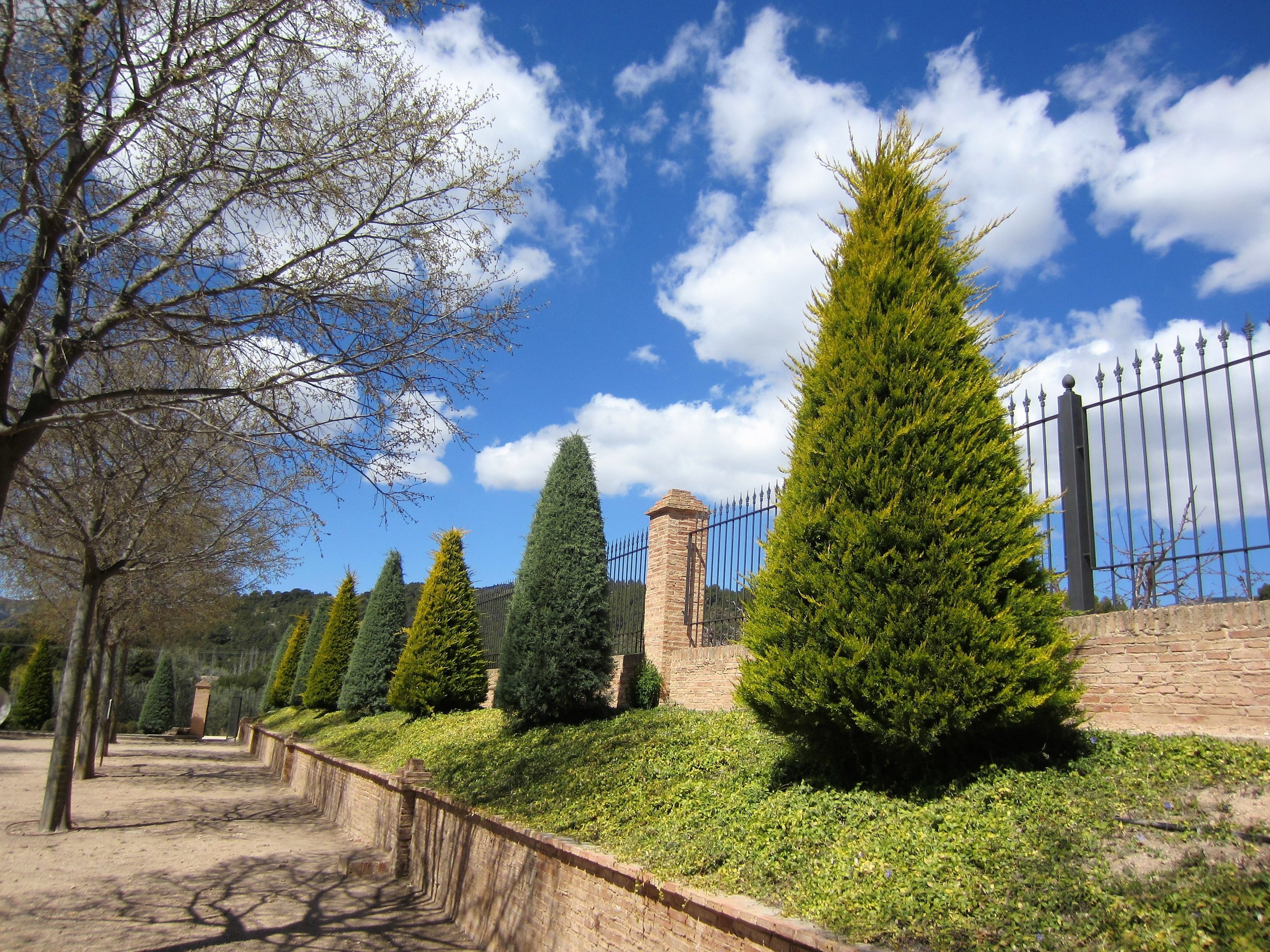A Privacy Fence or Natural Boundary with Trees: Choosing the Right Species, Planning the Layout, and Planting for Success
A privacy fence or natural fence made of trees can be a great way to add privacy and security to your property. It can also provide a natural and attractive boundary that enhances the overall look of your landscape. Here are some key considerations for installing a privacy fence or natural fence using trees:
Choose the right tree species: Not all trees are suitable for use as a privacy fence or natural boundary. Some trees grow too large or too fast, which can be a problem if the tree is too close to your home or other structures. Some good tree options for privacy fences include Leland cypress, American holly, and boxwood.
Plan the layout: Before planting your trees, it is important to plan the layout of the fence. Consider the size and growth pattern of the trees you have chosen, as well as the distance between the trees. You will also need to consider any existing structures or features on your property, such as power lines, sheds, or driveways.
Prepare the site: Before planting your trees, it is important to prepare the site by removing any grass, weeds, or debris. You will also need to loosen the soil and add compost or other organic matter to help the trees establish roots.
Plant the trees: Once the site is prepared, you can begin planting your trees. Follow the manufacturer's instructions for the specific tree species you have chosen, and be sure to water the trees regularly to help them establish roots.
By following these steps, you can create a privacy fence or natural boundary using trees that is both functional and attractive. Whether you choose Leland cypresses or another tree species, you can enjoy the benefits of a natural fence that provides privacy, security, and a beautiful addition to your landscape.


